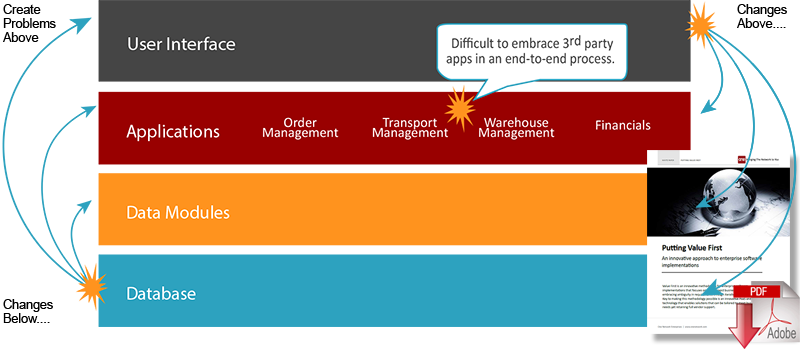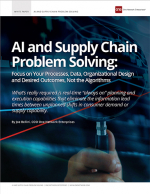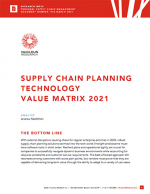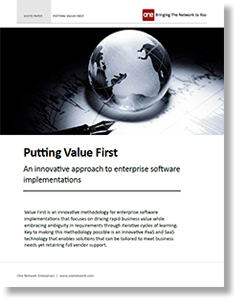Putting Value First: An Innovative Approach to Enterprise Software Implementations
Value First is an innovative methodology for enterprise software implementations that focuses on driving rapid business value while embracing ambiguity in requirements through iterative cycles of learning.
The key to making 'value first' methodology possible is an innovative PaaS and SaaS technology that enables solutions that can be tailored to meet business needs yet retaining full vendor support.
For decades, companies implementing enterprise software for Enterprise Resource Planning (ERP), Supply Chain Management (SCM) and other related areas had to choose between two approaches: Either purchase a Commercial Off The Shelf (COTS) software package; or, go the Custom Solution route to build and maintain a bespoke solution.
Unfortunately, both choices are infamous for running over-budget and typically fail to deliver promised value on a sustained basis.
Why COTS Solutions Have Failed
COTS systems have fallen far short of expectations in reducing overall cost of ownership for at least three reasons:
- One-Size-Fits-None: These systems were based on the notion that a single integrated data model built for a single enterprise could drive a “best practice” approach to all industries around a multitude of business processes and capabilities. Unfortunately, the phrase “Best Practice” was coined by vendors, who were not offering a true “best practice” for that customer/industry. In reality, best practice was being used as a definition of how the system (COTS) was designed to work. The vanilla “one-size-fits-all” design actually does not fit anyone well and requires enhancements, customizations and extensions.
- Complexity and Feature Creep: As the vendors drove more and more capability into the system, the system became more complicated and harder to use. For the average user, the system was riddled with capability they did not need and diminished usability. Users consistently complain that the number of screens necessary to execute a workflow is far greater than what they need, and the amount of setup and administration of the system was quite onerous and labor intensive.
- Inflexibility of the underlying architecture: IT organizations were initially enthusiastic about the COTS concept because of the expectation that the reduction in integration effort would greatly reduce their overall implementation efforts and costs. Unfortunately, studies have shown that user costs and efforts have actually increased due to the inflexibility of these systems and the cost of integrating into them.

What’s Related




Favorites





